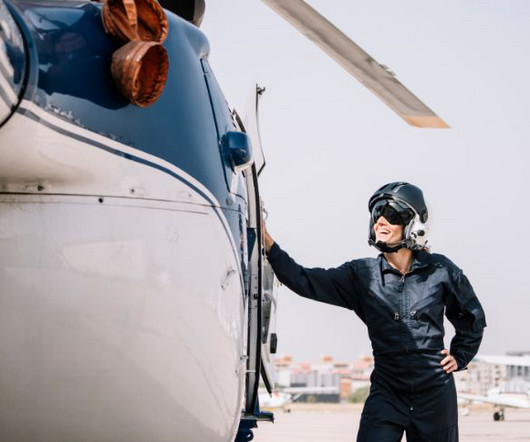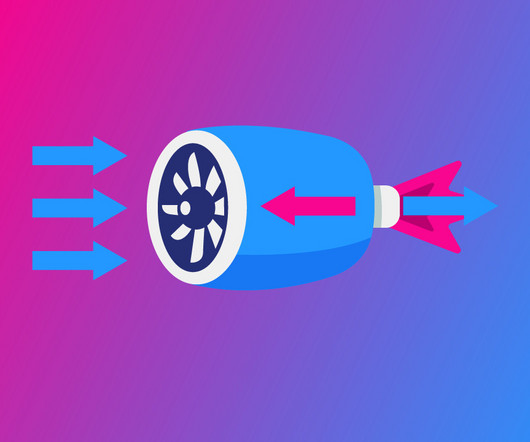Is Flying a Helicopter Harder Than Flying a Plane? A Comparative Analysis
Pilot's Life Blog
FEBRUARY 11, 2025
The wings are designed with an airfoil shape, curved on the top and flatter on the bottom, creating a pressure difference when air flows over them. Each rotor blade acts as an airfoil, and as it rotates, it moves air over its surface, generating lift. This pressure difference produces lift, allowing the aircraft to ascend.










Let's personalize your content